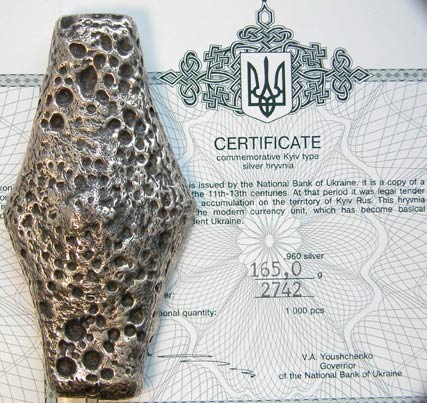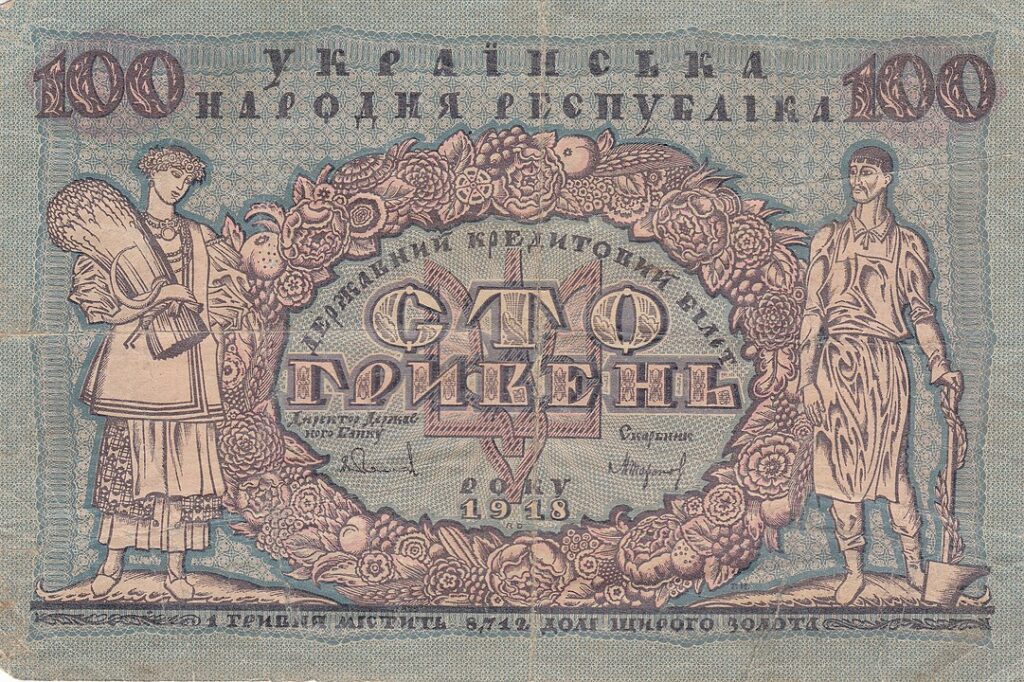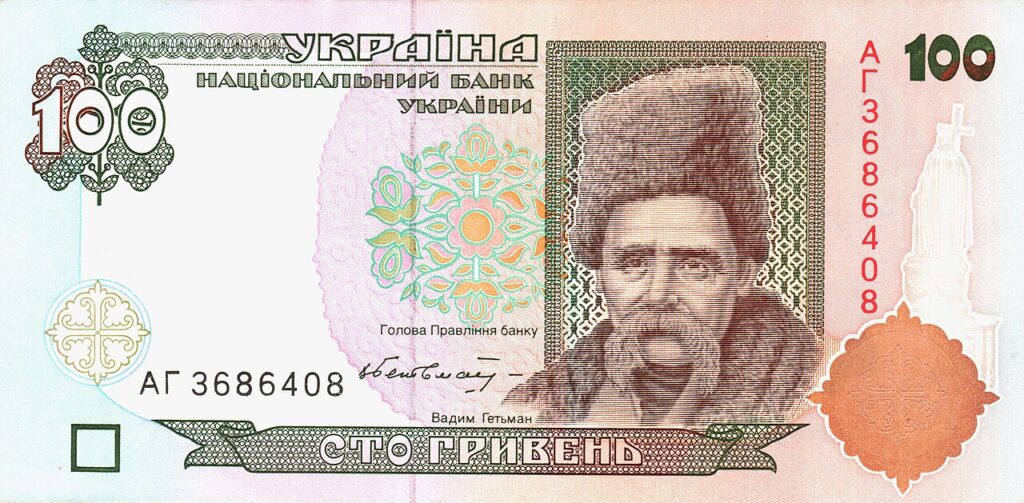Hryvnia Revival Day: from princely bullion to modern banknotes
2 September 14:48
on September 2, 1996, Ukraine officially introduced the hryvnia, the national currency that replaced the karbovanets and became a symbol of state independence. Today it turns 29 years old. "Komersant Ukrainian" recalls the path our hryvnia has taken through the centuries.
Ancient origins
The name “hryvnia” comes from the Old Slavic word “hryvnia” – a neck ornament often made of silver. Over time, this term acquired additional meanings, such as “monetary unit” and “measure of weight.”
In Kievan Rus, the hryvnia was originally a weight unit used to weigh silver. Later, it was transformed into bullion of a standardized shape and weight. Kyivan hryvnias were diamond-shaped and weighed about 164 grams, while Novgorodian hryvnias were stick-shaped and weighed more than 200 grams.

Princes Volodymyr the Great and Yaroslav the Wise minted their own coins, the zlatnyky and sribnyky. They depicted the princes and the trident, a sign that became the modern coat of arms of Ukraine.
The decline and emergence of the ruble
After the Mongol-Tatar invasion, hryvnias began to be divided and cut in half. This is how the ruble, a “stump of a hryvnia,” was created. It became the main currency in the Ukrainian lands that were part of Muscovy and the Russian Empire until the twentieth century. Polish zlotys, German marks, Hungarian guilders, and other currencies were in circulation in the rest of the country.
Дивіться нас у YouTube: важливі теми – без цензури
The first Ukrainian hryvnia
During the Ukrainian People’s Republic (1917-1920), the Central Rada first introduced the karbovanets, and later the hryvnia, which was divided into 100 steps. Banknotes of those years were created by leading artists, including Heorhii Narbut and Vasyl Krychevskyi. The banknotes featured Ukrainian Baroque ornaments, images of workers and peasants, and the allegory “Young Ukraine.”

However, political instability and wars did not allow the hryvnia to be fixed. After Hetman Pavlo Skoropadskyi came to power, the karbovanets became the main currency again.
The Soviet period
After the 1920s, the hryvnia disappeared from circulation until almost the end of the century. The Soviet ruble dominated the territory of Ukraine. In 1922-1924, a monetary reform took place that introduced the chervonets. Soviet money remained the main currency until the collapse of the USSR.
During the Second World War, the occupied territories received karbovanets of the Reich Commissariat Ukraine, pegged to the German mark. At the same time, Polish zlotys, Romanian lei, and Czechoslovakian kroons were circulating in the western Ukrainian lands.
Restoration of independence and the modern hryvnia
With the declaration of independence in 1991, the issue of its own currency arose. in 1996, Ukraine finally took this step: on September 2, the hryvnia was introduced into circulation, replacing the Ukrainian karbovanets and becoming the only legal tender.
The historical word “hryvnia” was chosen for the name, symbolizing the continuity of traditions from the times of Kievan Rus and the Ukrainian People’s Republic. Kopecks became the coin of exchange.

Today, the hryvnia is divided into 100 kopiykas, and its issuer is the National Bank of Ukraine. Banknotes in denominations of 20, 50, 100, 200, 500, and 1000 hryvnias are in circulation, as well as coins in 10 and 50 kopiykas, 1, 2, 5, and 10 hryvnias. In 2018-2020, the NBU gradually abandoned small kopiykas and introduced new circulation coins.
The latest innovation was a 1,000 hryvnia banknote, which was put into circulation on October 25, 2019.
on September 2, 2025, the hryvnia celebrates its 29th anniversary, remaining one of the key attributes of independent Ukraine. The National Bank of Ukraine has also initiated the transition to traditional change coins – shahs. The word is now up to the Ukrainian parliament.
Читайте нас у Telegram: головні новини коротко









